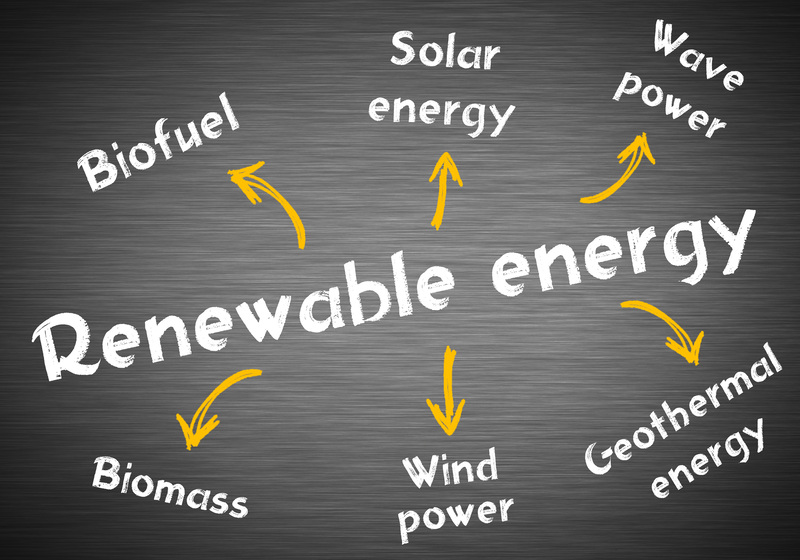Bulky Waste Items: Strategies to Minimize Your Disposal Costs
Bulky waste items such as old furniture, mattresses, large appliances, and construction debris can quickly accumulate in homes and businesses. Disposing of these cumbersome items is not only a hassle but can also become expensive if you're not strategic about your methods. Effective management of bulky waste disposal is crucial for both your wallet and the environment. This comprehensive guide explores strategies to reduce your disposal costs and manage bulky items efficiently.

What Are Bulky Waste Items?
These bulky items are not only physically demanding to move but often come with high disposal costs. That's why it's essential to plan the removal and disposal process as efficiently as possible.
Why Do Bulky Waste Disposal Costs Add Up?
There are several factors contributing to the sometimes-surprising expense when it comes to disposing of bulky waste items:
- Volume and Weight: Bulky waste is charged by the cubic yard/meter or by weight, making large and heavy items more costly.
- Special Handling: Items like mattresses, electronics, or refrigerators require special disposal methods due to hazardous materials or regulations.
- Transportation: Moving large, awkward items often requires trucks or professional services, adding to your cost.
- Landfill Fees: Some municipalities or private landfills have steep tipping fees for large items.
- Regulations: Not following correct procedures can result in penalties, further increasing costs.
How to Minimize Bulky Waste Disposal Costs
Proactively applying the following strategies can help you significantly reduce your bulky waste removal expenses:
1. Reduce and Reuse Whenever Possible
- Donation: Before considering disposal, check if the item is in reusable condition. Many charities, shelters, or social enterprises will accept gently-used furniture, appliances, or electronics. Organizations like the Salvation Army, Habitat for Humanity ReStores, or local thrift stores can even arrange pickups, saving you both time and disposal fees.
- Give Away Online: Utilize local online platforms--such as Craigslist, Facebook Marketplace, Freecycle, or Nextdoor--to give away items you no longer need. There are always people looking for free furniture or materials for upcycling projects.
- Repurpose: Get creative and upcycle old bulky items. Turn an old door into a table, or repurpose a bed frame into garden trellises.
2. Sell Your Bulky Items
Selling second-hand items is an effective way to minimize waste and offset disposal costs. Websites such as eBay, OfferUp, and Gumtree can help you connect with buyers. Larger items might appeal to college students, new homeowners, or small businesses seeking low-cost furnishings and equipment.
3. Schedule Collection During Council Bulky Waste Pickup Days
Most municipal waste management services offer free or reduced-fee bulky waste collections on a periodic basis (often a few times per year). By planning your clean-outs to coincide with these community collection days, you can avoid landfill charges and additional hauling fees.
Check your local council or municipality's website for schedules, accepted items, and any restrictions.
4. Recycle Where Possible
- Metal Items: Scrap yards and metal recyclers often accept large appliances, old bicycles, or metal furniture. Some will even pay you by weight, giving you a small return.
- Electronics: Electronic waste (e-waste) is handled separately. Many electronics stores and recycling centers have take-back programs for TVs, computers, and more.
- Mattresses: Some cities operate dedicated mattress recycling programs that are cheaper than landfill disposal.
- Construction Debris: Bricks, wood, and metals from renovation projects can be sorted and recycled at building material recovery centers.
5. Break Down Items to Reduce Volume
The cost to dispose of bulky items is often determined by the volume they occupy in collection trucks or landfill space.
- Disassemble furniture when possible to save space--remove table legs, take apart bed frames, and flatten cardboard or packaging material.
- Cut up large branches or landscaping debris.
- Roll up carpets and secure with cord to make transportation easier.
6. Pool Resources with Neighbors
If multiple households on your block are clearing out bulky items, consider hiring a shared skip or organizing a bulk pickup together. Splitting the cost of a dumpster, trailer, or collection service can lower the bulky waste disposal fee for everyone involved.
7. Shop Around for Removal Services
- Get Multiple Quotes: Prices for junk removal or waste collection services can vary. Obtain quotes from several providers--both local and national--for the most competitive rates.
- Check Ratings and Credentials: Be wary of unlicensed operators; always select a legitimate business with proper registration and insurance.
- Negotiate: Many haulers may reduce the fee if you've already moved your items to the curb or garage or if you have multiple items for pickup.
8. Consider DIY Disposal, But Factor in True Costs
Renting a truck and hauling bulky waste yourself to a transfer station or landfill is sometimes the cheapest option, especially for large volumes. However, remember to include:
- Truck or trailer rental fees
- Landfill tipping charges (charged by weight or by item in many places)
- Fuel and potential permit fees
- Your own time and labor
9. Know Your Local Regulations
Many cities have rules on where and how bulky items can be left for pickup. Fines for illegal dumping can be substantial. Make sure:
- You follow your city or council guidelines on placement, timing, and allowable items for curbside pickup.
- You don't mix hazardous waste (paints, chemicals) in your bulky items, as this incurs extra handling costs.
Cost Comparison: Common Bulky Waste Disposal Options
Here's a side-by-side comparison of typical disposal options for bulky waste items and their average costs:
| Disposal Method | Estimated Cost | Best For |
|---|---|---|
| Donation / Giveaway | Free | Good-condition furniture and appliances |
| Local Council Collection Day | Usually free or low cost | All household bulky items |
| Skip Bin Hire | $200 - $600+ per skip | Mixed bulky waste, renovations |
| Professional Junk Removal | $75 - $600+, depending on volume | Large furniture or whole house clear-outs |
| DIY Drop-off | $30 - $80 per load plus rental costs | Small to medium loads, accessible items |
| Recycling Center / Scrap Yard | Usually free or small fee, sometimes paid for scrap | Metal, electronics, appliances |
* Prices are for guidance and may vary depending on region, item, and service provider.
FAQ: Answers to Common Questions on Bulky Waste Disposal
-
Q: Can all bulky items be left for curbside collection?
A: Not always. Many municipalities restrict certain items for safety or environmental reasons (e.g., electronics, chemicals, tires). Check your local guidelines. -
Q: Is it okay to break down or dismantle appliances for easier transport?
A: Dismantling can save space and money, but always ensure safety (unplug, remove doors, etc.) and check if this voids recycling or disposal policies. -
Q: What happens if I'm caught illegally dumping bulky waste?
A: Most jurisdictions impose fines of hundreds or even thousands of dollars for illegal dumping. It also impacts your community's cleanliness and environment. -
Q: How do I find out about local bulky item collection days?
A: Visit your city, town, or regional waste department website. Announcements are often made quarterly or seasonally.

Tips for Sustainable Bulky Waste Management
Aside from minimizing disposal costs, proper bulky waste management conserves resources and reduces environmental impact. Here's how you can make a positive difference:
- Reuse, repair, and donate items before disposal
- Choose recycling over landfill wherever possible
- Buy durable, modular furniture and appliances that last longer
- Participate in community clean-up and swap events
- Educate friends and neighbors about responsible disposal options
Conclusion: Dispose of Bulky Waste Items Smarter and Cheaper
Bulky waste disposal doesn't have to drain your wallet or burden the environment. By following these comprehensive strategies--reusing, donating, recycling, breaking down items, collaborating with neighbors, and making informed choices on disposal--you can significantly cut down on the cost of getting rid of large household items.
Remember to stay aware of your local regulations, explore options for responsible recycling, and avoid illegal dumping at all costs. The next time you're faced with the challenge of disposing of bulky waste items, use these techniques to save money, support your community, and protect the environment.
For further advice and location-specific information, check with your local waste management authority or recycling center--it can make all the difference for your budget and the planet.
